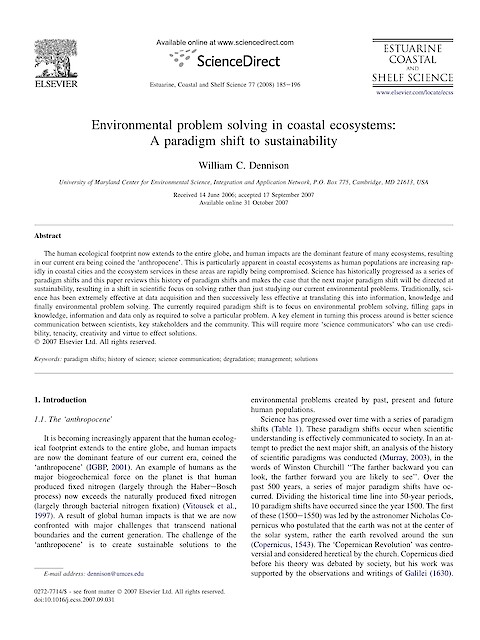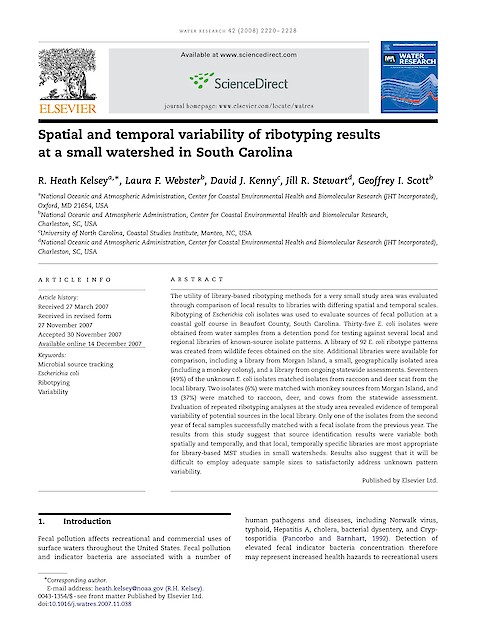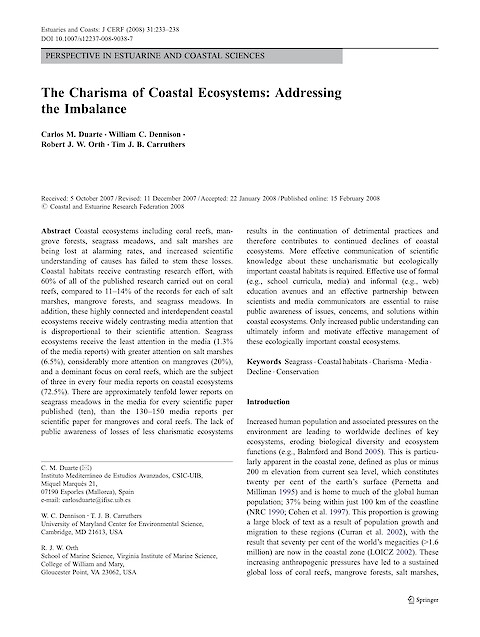Eutrophication and harmful algal blooms: A scientific consensus
Heisler J, Glibert PM, Burkholder JM, Anderson DM, Cochlan W, Dennison WC, Dortch Q, Gobler CJ, Heil CA, Humphries E, Lewitus A, Magnien R, Marshall HG, Sellner K, Stockwell DA, Stoecker DK, and Suddleson M ·
2008
In January 2003, the US Environmental Protection Agency sponsored a "roundtable discussion" to develop a consensus on the relationship between eutrophication and harmful algal blooms (HABs), specifically targeting those relationships for which management actions may be appropriate. Academic, federal, and state agency representatives were in attendance. The following seven statements were unanimously adopted by attendees based on review and analysis of current as well as pertinent previous data:
Read more







